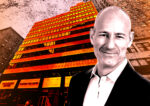Trending
Outsiders for years, NYC yimbys move into mainstream
Open New York, the city’s only grassroots pro-housing group, is poised for a big year
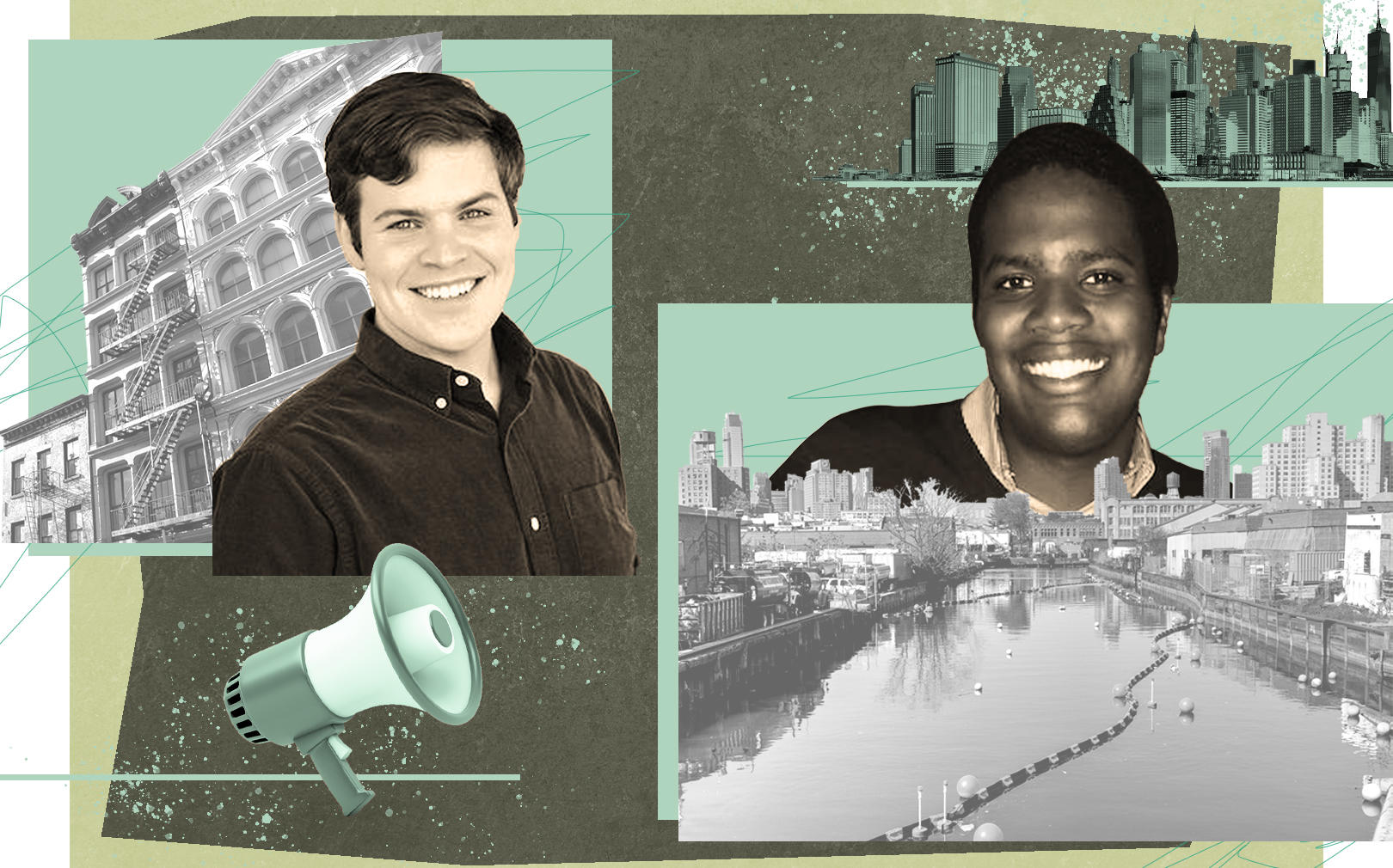
It was a Wednesday night in April 2019, and Will Thomas was outnumbered.
Only two other members of pro-housing group Open New York had made it to a public meeting about the future of Soho, which most attendees wanted to remain unchanged.
Still, Thomas gamely took the microphone and declared that Soho should build more housing, especially affordable housing. That’s when the booing started.
When he finished, someone cursed at him. Another called him a zealot.
“After I sat down, one woman told me that if I wanted to live in Soho, I needed to make more money, and otherwise, too bad,” the 27-year-old recalled.
Members of Open New York — the city’s only grassroots, yes-in-my-back-yard (or yimby) group — want the city to build its way out of the housing crisis, a viewpoint that can generate hostility at public hearings. Unlike housing activists who back subsidies, rent control or community land trusts, pro-development advocates have long lacked a safe space in city politics, as Thomas’s experience in Soho showed.
But in recent months, Open New York’s call to add as much housing as possible in well-off neighborhoods has started to resonate. Behind the scenes, the organization is professionalizing its operation as it prepares for the biggest year in its five-year history, with two major rezonings — in Soho and Gowanus — up for approval.
And it has made fans of people like John Sanchez, a Bronx community board district manager and City Council candidate. Open New York helps educate people about making housing affordable, he said, adding, “Supply and demand is a good place to start.”
Showdown in Soho
Until recently, Thomas shared a one-bedroom in the East Village with two roommates (one has since moved to Bushwick). A fellow board member, Casey Berkovitz, 28, has lived in five apartments in three neighborhoods in four years.
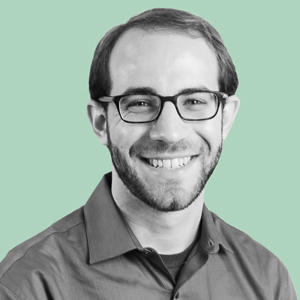
Casey Berkovitz, Open New York
The travails of its members in the city’s bruising housing market have led Open New York to push for affordability in a city where rent has grown four times faster than income and there are two low-income households for every one dwelling they can afford.
But the group’s supply-oriented solution inflames passions in Soho and other wealthy areas it has targeted. For years it was largely ignored by City Hall.
The political winds, though, are shifting in the group’s favor.
This fall, with 15 months left in Mayor Bill de Blasio’s administration, Open New York was preparing a last-ditch effort to put rezoning Soho on the agenda. But to its delight, the Department of City Planning finally released a proposal for the neighborhood in October, with the backing of the mayor himself. The plan, which faces an up-or-down City Council vote this summer, would trigger development of up to 3,200 new residential units, 800 of them affordable.
Open New York pivoted, calling for even more housing — and girding for its most contentious clash yet.
Preservationists in Soho are battle-tested, bearing scars from such fights as NYU’s expansion and a tech hub championed by the Bloomberg and de Blasio administrations. In the 1950s, their predecessors triumphed over Robert Moses’ plan for an expressway that would have run smack through Washington Square Park.
But this time, as Open New York members see it, the gatekeepers of Soho and Noho are on the wrong side of history. For residents who benefit from elite public schools, immaculate parks and access to good jobs to oppose zoning changes that would let lower earners share their good fortune is “fundamentally selfish,” Thomas said.
Unlike other yimby groups across the country, Open New York does not advocate for building everywhere. Its members are firm believers that adding supply would reduce the cost of housing, but know that notion has been increasingly rejected in low-income, minority neighborhoods.
“We do not engage in working-class communities of color,” said Berkovitz.
A former resident of San Francisco, Berkovitz feels the West Coast yimby movement has focused too exclusively on affordability at the expense of diversity and environmentalism.
“The integration and sustainability cases for building more [urban] housing are just as compelling, if not more so, than affordability,” he said, noting that housing groups in Minneapolis and Oregon have also prioritized racial and climate justice.
“Yimbys are known as being from the West Coast,” Thomas said on recent morning in Soho, where outdoor dining cabins had replaced throngs of tourists. “But Manhattan rent has been pretty high for a long time.”
Unlike its left-coast counterparts, Open New York only advocates for new housing in better-off neighborhoods. Besides Soho, Noho and Gowanus, the group is pushing to rezone the South Street Seaport area and Prospect Heights.
True to its strategy, it was silent on de Blasio-backed Bushwick and South Bronx rezoning proposals, both of which were killed last year by City Council members.
Muddy waters
The group is fighting a similar battle in Gowanus, where the de Blasio administration is trying to push an even larger rezoning through the City Council.
In the Brooklyn neighborhood, a mixed-use area where residents have relatively high incomes, rezoning could bring 8,000 new apartments, 3,000 of them affordable, in place of defunct, low-rise industrial buildings strewn with rusty scrap metal.
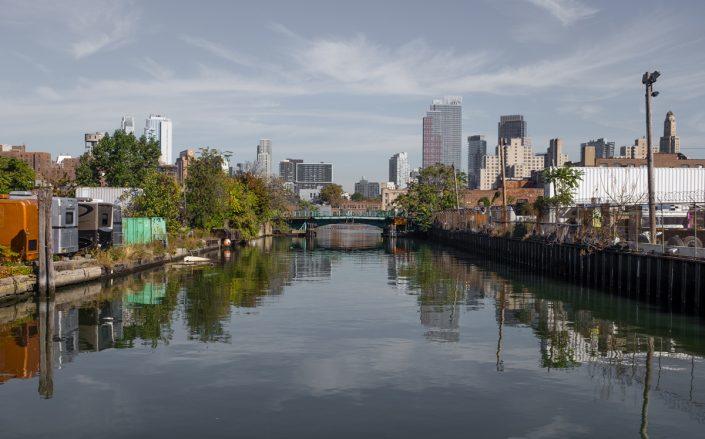
A view of the Gowanus Canal (Getty)
In addition to bringing in new housing, the rezoning would accelerate an environmental upgrade. The neighborhood’s eponymous canal, once the busiest commercial waterway in the country but now a polluted eyesore, is being cleaned up. Under the city’s plan, it would be adorned with a developer-funded esplanade.
To Open New York, such a plan is like red meat to a pack of hungry wolves. And its message on Gowanus is clear and unified: upzone and build.
Opponents of the rezoning, by contrast, mix predictions of the neighborhood being overwhelmed by newcomers with doubts that the new units will fill up.
“The canal will never be clean,” said Nora Almeida, a CUNY librarian and representative of Voice of Gowanus, an environmental group against the rezoning.
She questions whether anyone should live near the foul waterway, noting that adding residents could worsen pollution. When it rains, raw sewage flows directly into the canal because the city’s pipes cannot handle the water from the sky and effluent from toilet-flushers at the same time.
While city officials work on that problem, Open New York members say that adding population to places like Gowanus as progress on climate change.
“Moving to New York City is probably the single best thing someone can do for the environment,” said Thomas, alluding to Gotham’s per capita carbon footprint being 30 percent that of the U.S. average.
Academic research supports Open New York’s cause. Building affordable housing in wealthy neighborhoods makes what Harvard economist Raj Chetty calls “high-opportunity areas” accessible to people who would most benefit from them.
Studies have shown that when children get to live in areas with good jobs, transit, and low rates of crime and poverty, their likelihood of attending college increases and their total lifetime earnings grow by $200,000 for each year they live there.
This advocacy strategy aligns Open New York’s interests with those who oppose upzoning in minority communities — a powerful combination that could push the Gowanus and Soho plans across the finish line.
The strategy also helps Open New York dodge the most charged word in real estate: gentrification.
The median income in Soho is about $150,000. It is already gentrified. Who could object to development that allows lower-earning New Yorkers to live there?
Andrew Berman, for one.
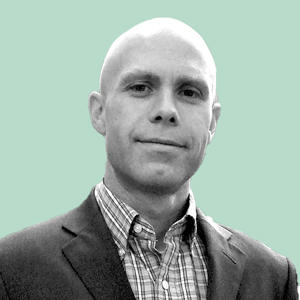
Andrew Berman, Village Preservation
When Open New York members discuss opponents of upzoning, Berman enters the conversation as the archetypal nimby (not-in-my-backyard) foe. As executive director of the Greenwich Village Society for Historic Preservation, Berman spends about $1 million annually to celebrate and preserve the status quo, with most funds coming from his well-heeled, well-organized membership.
By comparison, Open New York has an annual budget of a few thousand dollars, no staff and no formal membership. It has an email list of about 800, a Slack channel with about 300 and a monthly meeting that draws several dozen participants.
Berman thinks the yimbys are Ayn Rand’s spawn, practicing “ivory tower economics.” They, in turn, view Berman as a defender of the selfish and privileged — folks for whom affordable housing means people should live in neighborhoods they can afford.
“It’s reprehensible,” Thomas said.
Berman says Noho and Greenwich Village preservationists are “against zoning changes which would be detrimental to the neighborhood’s character.” He opposes the taller, denser buildings that would be allowed by the mayor’s plans for Soho and Noho, especially commercial ones.
Open New York doesn’t want office towers either, but for a different reason — it wants apartments.
The group wants the city to reduce the allowed size of commercial buildings in its plans, making mixed-income housing a more lucrative alternative.
“We think there is a risk the city is making high-density commercial buildings too attractive,” Thomas said.
Professionalizing advocacy
Coalition partners and a persuasive argument can win a policy war in New York, but resources help. To that end, Open New York is trying to close the financial chasm with groups like Berman’s. It completed its first real fundraising drive in October, banking $70,000 in cash — a paltry sum for a citywide group and less than half of Berman’s salary, but enough to start advertising for an executive director (target salary: $80,000 to $90,000). Membership dues are also in the works.
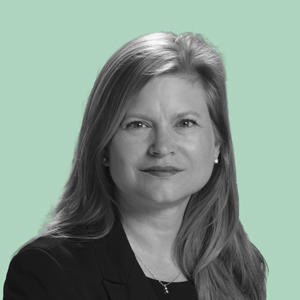
Mayoral candidate Kathryn Garcia
The group plans to register as a 501(c)4 social welfare organization, which allows participation in political campaigns. It sent questionnaires to 2021 candidates for mayor and other offices and in mid December issued its first endorsements, backing eight City Council contenders, including Sanchez. On Dec. 29, the group hosted a virtual Q & A with mayoral contender Kathryn Garcia.
To its detractors, Open New York remains a conundrum. Most assume it is a tentacle of the real estate lobby and motivated by principal, not principle.
“It has to be connected to developers,” said Almeida, the Gowanus activist. Berman believes that Open New York, as much as it claims to care about housing, shills for developers who would build retail space. (Berman’s preservation group does have a connection to brokers, helping them meet licensing requirements through courses about historical preservation.)
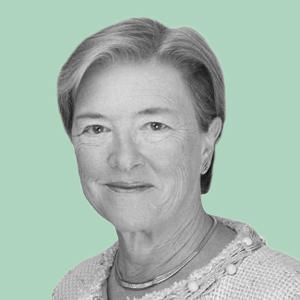
Kathryn Wylde, CEO of Partnership for New York City
But Kathryn Wylde, president and CEO of the business organization Partnership for New York City, cautioned that people should not leap to conclusions. “Groups can represent the interests of people you wouldn’t expect,” she said, alluding to Open New York and perhaps her own entity. “That happens sometimes in New York.”
One founder of the group, Ben Carlos Thypin, does come from a real estate family. In 2015, Thypin started a distressed assets data firm and became an industrial broker. For the fledgling pro-housing group, he said, a question arose: Where would its members and funding come from?
“The easiest thing would have been for Open New York to harvest my contacts in real estate,” Thypin said. “But we decided against it.”
Thypin stepped away from the group as other leaders emerged. Today a recusal policy mitigates conflicts of interest among real estate professionals who join.
“Let’s make something very clear,” said board member Kyle Dontoh, 26. “We don’t take any money from real estate lobbyists, REBNY, or developers who are working on projects we advocate for.”
A spokesperson for the Real Estate Board of New York said it has not worked with Open New York and does not know how it operates.
Thypin said unlike Open New York, the industry is actually divided over new development. Limiting new housing increases prices, benefiting property owners and brokers. “Brokers are not the most civically engaged people,” Thypin said.
There is no apparent division in Open New York, with its resolute support for adding housing in high-opportunity areas. In addition to the Soho and Gowanus rezonings, the group has advocated for 80 Flatbush Avenue, a mixed-use skyscraper at the edge of Boerum Hill that was approved in 2018; Haven Green, a controversial senior affordable housing development in Nolita; and 250 Water Street, which would bring affordable apartments to the South Street Seaport.
Almeida calls rezoning a “neoliberal” approach, but Thomas sees it as a throttle to speed the creation of housing.
“Rezoning is a tool the city has,” said Thomas. “It’s imperfect, but we recognize it’s also very effective.”
The next nine months or so will reveal whether the same can be said for Open New York.




